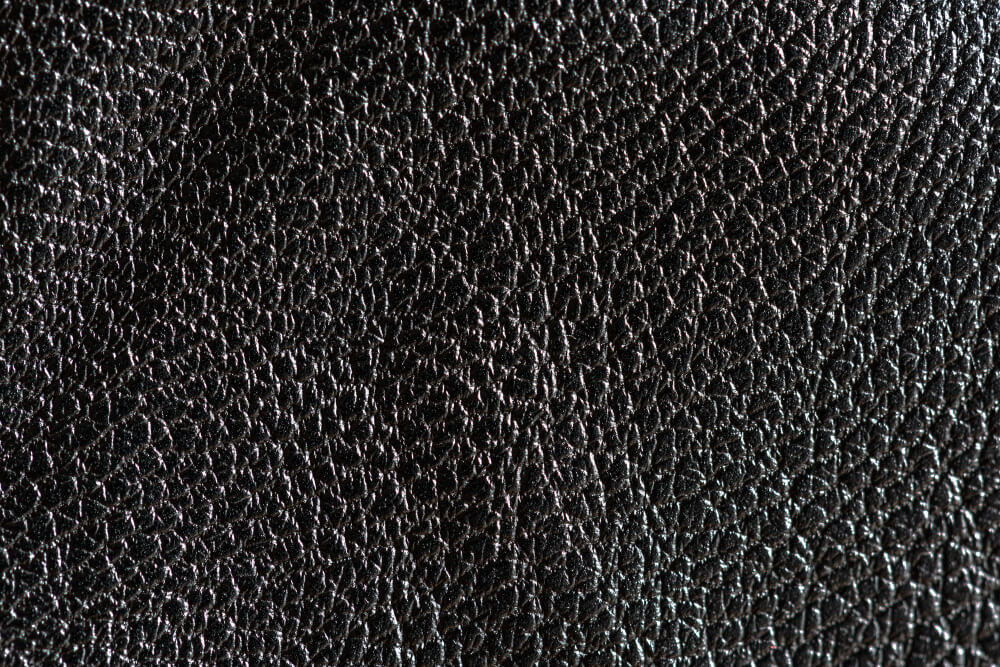Solving the Identity Crisis: What Is This Stuff?
Let’s clear up the confusion right from the start. When you see that glossy, mirror-like finish on shoes or handbags, you’re probably wondering: is patent leather real leather?
Here’s the straightforward answer: yes, traditional patent leather begins its life as real leather. But it undergoes a complete transformation that gives it that signature shine. Think of it like this ordinary leather gets a head-to-toe makeover through a special coating process.
So what is patent leather really? It’s essentially leather that’s been coated with multiple layers of a glossy finish. Historically, this was a linseed oil-based lacquer, though modern versions often use polyurethane. The material then goes through heating and polishing processes until it achieves that glass-like surface we all recognize.
The name itself holds an important clue. Many people assume “patent” refers to the shiny appearance, but it actually comes from the manufacturing process. The technique was originally patented back in the early 19th century hence the name patent leather.
Here’s where it gets interesting though. While traditional patent leather uses a leather base, many modern versions especially in fast fashion are actually 100% plastic made to imitate the look. This is why you’ll sometimes hear conflicting answers about what patent leather really is.
The key takeaway? When we talk about what patent leather is made of, we need to distinguish between the classic version (coated genuine leather) and contemporary alternatives (plastic imitations). Both exist in today’s market, but they offer very different quality and durability.
So the next time you encounter that dazzling shine, you’ll know you’re looking at something with a fascinating history and a unique identity that sits somewhere between natural leather and modern synthetic materials.
Patent Leather vs. Real Leather: Choosing Your Champion
So, how do you choose between patent leather and genuine leather? It’s like choosing between a sleek sports car and a rugged SUV both are great, but for different reasons. The core difference between patent leather and real leather comes down to their nature.
Genuine leather is natural and breathable, developing a unique character over time. Patent leather is all about a consistent, high-gloss, and waterproof finish. When considering durability, think about this: patent leather resists stains and water beautifully but can eventually crack at stress points.
Genuine leather might scratch but, with care, can last a lifetime, aging into a rich patina. If you need a formal, shiny look that’s easy to wipe clean, patent leather is your hero. If you value long-term durability and a natural, evolving look, stick with genuine leather.
The Durability Dilemma: Why Does Patent Leather Crack?
Let’s tackle the biggest worry head-on: why does patent leather crack? Imagine bending a piece of hard plastic repeatedly sooner or later, it will develop stress lines. The same thing happens with patent leather. That gorgeous, plastic-like coating isn’t very flexible.
Every step you take in patent leather shoes or every fold in a bag creates microscopic stress on that shiny shell. Over time, these tiny stresses can turn into visible cracks. This is why a common question is, “does patent leather peel?” Cheaper versions, which use a thin plastic coating over a low-quality base, are especially prone to both peeling and cracking. It’s the material’s main trade-off for that dazzling, uniform shine.
The Sustainability & Ethics Puzzle
Today, a big question is: is patent leather vegan and sustainable? The answer is more complicated than you might think. Traditional patent leather is not vegan because it starts with an animal hide. However, walk into any store today and you’ll find “vegan patent leather,” which is simply plastic (usually PU or PVC) polished to a high shine.
This creates an ethical puzzle. The environmental impact of patent leather is a double-edged sword. The traditional version has the animal welfare and resource concerns of the leather industry. The vegan plastic version avoids animal products but is made from petroleum, which isn’t biodegradable. It’s not about a right or wrong choice, but about deciding which set of trade-offs aligns best with your personal values.
The Buyer’s Decision Matrix: How to Make a Smart Purchase
Ready to shop? Here’s how to be a smart shopper and know how to spot fake patent leather. Your first step is always to check the tag. Look for “Coated Leather” for the traditional kind, or “100% Polyurethane (PU)” for the plastic version. Next, give it a gentle flex. High-quality patent leather should have some give.
If it feels stiff and brittle, it will likely crack quickly. Also, ask yourself about its use. Is it for occasional parties? A plastic version might be fine. Are you investing in a classic piece? Then it’s worth seeking out authentic patent leather brands that use a real leather base. Knowing these simple steps ensures you get what you pay for.
Making It Last: A No-Nonsense Care Guide
Protecting your purchase is easier than you think. Proper care for patent leather can significantly delay cracking and keep it looking new. Wondering how to clean patent leather? It’s simple: just use a soft, damp cloth. For tougher spots, a tiny drop of mild soap will do the trick never use harsh chemicals.
Storage is even more critical. Never fold it, as this creates permanent stress points. Instead, store bags and accessories stuffed with tissue paper to help them hold their shape. Keep them in a cool, dry place away from heat sources, and use a breathable dust bag instead of plastic. This simple maintenance routine will preserve that brilliant shine for years to come.
Conclusion: So, Is Patent Leather Right for You?
Let’s land the plane. Is patent leather good quality? It can be, but it depends on your needs. Here’s the final verdict: Choose patent leather if you love a high-fashion, glossy look for specific events and value easy, wipe-clean maintenance.
It’s perfect for making a statement. However, if you’re looking for an everyday material that will age gracefully and last for decades, traditional genuine leather is the more durable and breathable choice. There’s no single right answer only what’s right for your closet and your lifestyle. Now that you know the facts, you can shop with total confidence.


